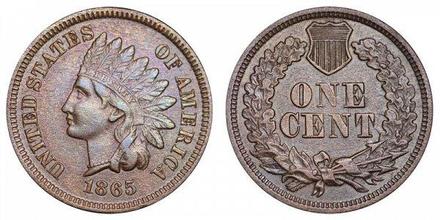My oldest friend just found out he's black. Part black, anyway, though he has never had to grapple with the repercussions of physical darkness.
I'll call my friend Pete. He says a relative obsessed with genealogical research found records indicating that Pete's great-grandmother was a free black woman.
Now, Pete's family always told him they were part Cherokee. But the researcher discovered that the Native American attribution was often code: White families who had members with anomalous features said they had Cherokee ancestors, because that carried less stigma than the African thing. Native American origins could even get a person special treatment when applying to colleges or government programs. Descendants of slaves, not so much.
Hmm. My sainted mother reported that we Irish Iowans had Cherokee ancestors. And one of my two brothers has wiry hair and a darker complexion, same as Pete's sister. Pete's late-1800s forebears and mine both originated from along the Mississippi River, America's primary slave-trading route.
Also from along the Mississippi: Kansas City's Charlie Parker, an African-American who derived his classic tune "Ko Ko" from the chords of Ray Noble's lilting "Cherokee" (a song Bird also recorded). Another Parker composition is "Mohawk." Parker's mother was reputed to be part Choctaw. Ko Ko, cocoa, Cherokee, Choctaw -- more code from America's greatest musical inventor, who died young & broke in the home of a white heiress.
Let us not forget Cher, who looks like Pete's dark-maned sister and had a 1973 hit with "Half-Breed," an anguished stomper about the plight of a woman plagued by accusations of being a Cherokee squaw. Cher has claimed to be part Cherokee through her Arkansas-born mother. Though Cher's Native American ancestry, like Elizabeth Warren's, has been questioned, the story aligns with the background of "Half-Breed" lyricist Mary Dean, who did not appear indigenous or black but who was born in Oklahoma, site of much forced resettlement. Undisputed is the fact that Cher's father belonged to a tribe subjected to overseas genocide: Armenians.
* * *
America has a strange relationship with exploitation. One tidy example is the "buffalo nickel," minted between 1913 and 1938, which displayed a bison (hunted to near extinction) on one side, and the head of an Indian (battled to near extinction) on the other. Similarly, the "Indian-head penny," minted from 1859 to 1909, displayed on the obverse a disembodied, Caucasian-looking Indian head wearing a "LIBERTY" headband and, on the reverse, a shield floating above bound arrows. Two Indian-head gold pieces, whose reverses both showed eagles (DDT'd to near extinction), were minted in the early 1900s. The Indian Wars, begun in the 1600s, did not end until 1924.
What succeeded the Indian-head nickel? Naturally, it was the current Jefferson nickel, featuring the head of our most notorious slave-owning president on one side, and the mansion where slaves served him on the other.
These images appear on the durable modes of exchange that we call money. They mirror human history's most significant modes of exchange -- conquered land and forced labor.
Americans now prefer to consider the enshrinement of Indians, whether on coins or as the mascots of sports teams, to be a tribute to Native Americans' bravery and nobility. Another way to look at the images is as scalps on a belt.
So happy Mothers' Day, both to mothers who sought that distinction and to those who were not offered the choice.
* * *
Listen to Charlie Parker's early version of "Cherokee" here.
Listen to Cher's "Half-Breed" here.
A nice combination of colonialism (Paul Revere & the Raiders) and sympathy for Native Americans is John D. Loudermilk's "Indian Reservation"; listen here.

